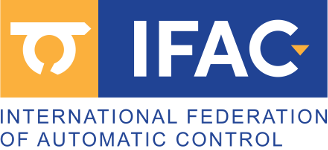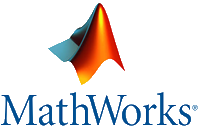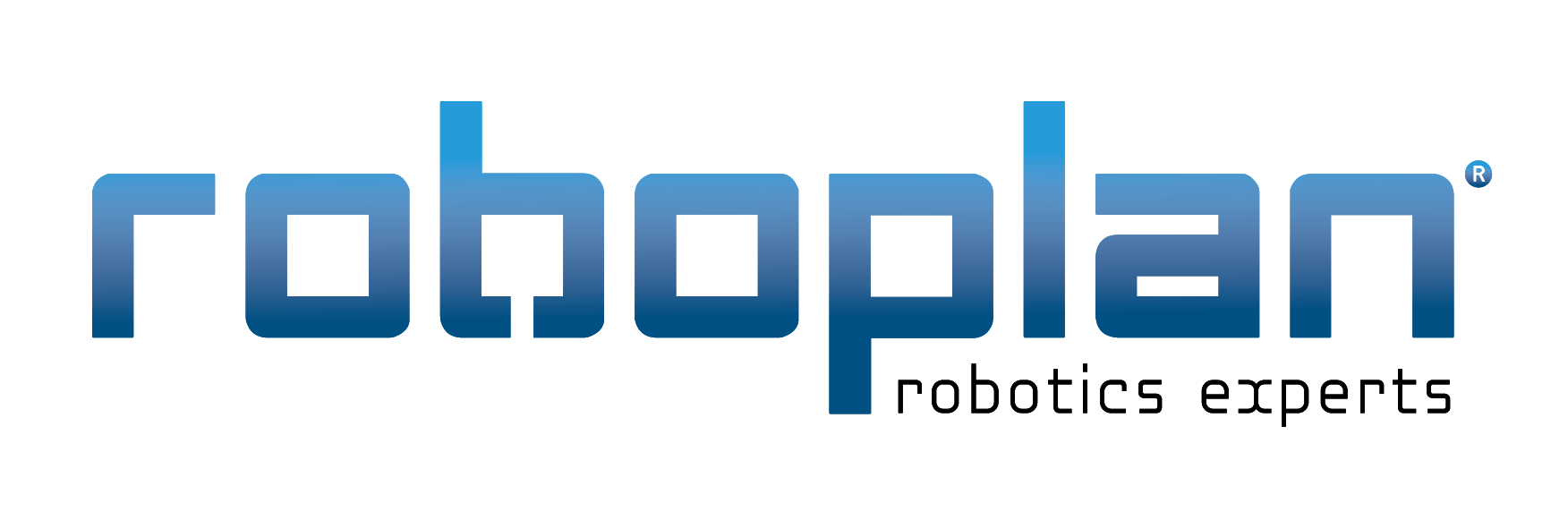Program
CONTROLO'2020 book of abstracts
Click here to download the CONTROLO'2020 book of abstractsCONTROLO'2020 final program
The schedule in this program assumes GMT+1 time zone (Lisbon time)
| Wednesday, July 1st of 2020 [+] | ||||||||||||||||||||||||||||||||||||
| 09:20 - 19:30 | Secretariat Virtual Room (OPEN) |
|||||||||||||||||||||||||||||||||||
| 09:40 - 10:00 | Opening Session Virtual Room (KEY) |
|||||||||||||||||||||||||||||||||||
| 10:00 - 11:00 | Plenary Session I "On the control of solar thermal plants" Prof. Eduardo F. Camacho [+] Virtual Room (KEY) The use of renewable energy, such as solar energy, experienced a great impulse during the second half of the seventies just after the first big oil crisis. At that time economic issues were the most important factors and the interest in these types of processes decreased when the oil prices fell. There is a renewed interest in the use of renewable energies nowadays driven by the need of reducing the high environmental impact produced by the use of fossil energy systems. There are two main drawbacks of energy systems: a) the resulting energy costs are not yet competitive and b) solar energy is not always available when needed. Considerable research efforts are being devoted to techniques which may help to overcome these drawbacks, control is one of those techniques. A thermal solar power plant basically consists of a system where the solar energy is collected, then concentrated and finally transferred to a fluid. The thermal energy of the hot fluid is then used for different purposes such as generating electricity, the desalination of sea water etc. While in other power generating processes, the main source of energy (the fuel) can be manipulated as it is used as the main control variable, in solar energy systems, the main source of power which is solar radiation cannot be manipulated and furthermore it changes in a seasonal and on a daily base acting as a disturbance when considering it from a control point of view. Solar plants have all the characteristics needed for using advanced control strategies able to cope with changing dynamics, (nonlinearities and uncertainties). As fixed PID controllers cannot cope with some of the mentioned problems, they have to be detuned with low gain, producing sluggish responses or if they are tightly tuned they may produce high oscillations when the dynamics of the process vary, due to environmental and/or operating conditions changes. The use of more efficient control strategies resulting in better responses would increase the number of operational hours of the plants. The talk describes the main solar thermal plants, the control problems involved and how control systems can help in increasing their efficiency. Some illustrative examples are given. |
|||||||||||||||||||||||||||||||||||
| 11:05 - 12:25 | (SS) Nonlinear Data - Theory & Applications I Virtual Room (KEY) [+]
|
Control Theory I Virtual Room (KEY) [+]
|
||||||||||||||||||||||||||||||||||
| 12:25 - 12:45 | Networking Virtual Room (KEY) |
|||||||||||||||||||||||||||||||||||
| 12:45 - 14:00 | Lunch Break | |||||||||||||||||||||||||||||||||||
| 14:00 - 15:00 | Plenary Session II "COLIBRI: A twin wing flapping robot of the size of a hummingbird capable of hovering" Prof. André J. Preumont [+] Virtual Room (KEY) The project aims at designing and constructing a twin wing, tailless flapping wing robot of the size of a hummingbird with emphasis on biomimetic flight. The project started in 2010; the various steps of the project include: wing aerodynamics, flapping wing mechanism, stability and control (the system is naturally unstable), flight dynamics, power consumption, flight simulation and flight testing. The vehicle weights a little more than 20 grams for a wing span of 21 cm; the flapping frequency is 22 Hz. The maiden flight took place in June 2016. Since then, the research has been focussed on improving the flight quality, exploring the aeroelastic coupling and extending the flight time. A short video can be seen here |
|||||||||||||||||||||||||||||||||||
| 15:05 - 17:05 | SS - Control Engineering and Industrial Automation Education Virtual Room (KEY) [+]
|
Predictive Control Virtual Room (KEY) [+]
|
||||||||||||||||||||||||||||||||||
| 17:05 - 17:25 | Networking Virtual Room (KEY) |
|||||||||||||||||||||||||||||||||||
| 17:25 - 19:05 | (SS) PID Control : Tuning, Design and Applications Virtual Room (KEY) [+]
|
Automation Virtual Room (KEY) [+]
|
||||||||||||||||||||||||||||||||||
| 19:05 - 19:25 | Networking Virtual Room (KEY) |
|||||||||||||||||||||||||||||||||||
| Thursday, July 2nd of 2020 [+] | ||||||||||||||||||||||||||||||||
| 09:20 - 19:30 | Secretariat Virtual Room (OPEN) |
|||||||||||||||||||||||||||||||
| 10:00 - 11:00 | Plenary Session III "Fundamentals of automatic control: What to teach? How to teach it? How to evaluate what has been learned?" Prof. Sebastián Dormido [+] Virtual Room (KEY) The needs of industry for well-trained control systems scientists and engineers are changing, due to marketplace pressures and the tremendous advances in technology. Future generations of control engineering students will have to be broadly educated to cope with cross-disciplinary applications and rapidly changing technology. At the same time, the backgrounds of students are changing. Many come from nontraditional disciplines; they often are less well prepared in mathematics and the sciences while being better adapted to work with modern computing technologies. The time is thus ripe for major renovations in control and systems engineering education. From this perspective the purpose of this talk is to present some thoughts and personal experiences of 45 academic courses teaching introductory courses of automatic control. Since that time the changes in technology without doubt have been unbelievable and exceeded all serious predictions and for that reason it makes sense to utilize these facilities to improve the student teaching and learning environment. The material covered in most first control courses is still quite similar to that which I covered at my first attempt. This has been the general rule and most of the academic staff often teach a course which is largely the same as it has been for 40 years or more in terms of both academic content and evaluation. Although it is true that every subject has fundamental concepts, that remain unchanged over time and which must be understood by a student, do we teach these aspects for control engineering in the most efficient way given today’s technology? The presentation makes a critical analysis of the use of interactive control tools and the deploy of virtual and remote laboratories at the National University of Distance Education (UNED) where the author has carried out his academic work in the last 35 years. |
|||||||||||||||||||||||||||||||
| 11:05 - 12:25 | (SS) Nonlinear Data - Theory & Applications II Virtual Room (KEY) [+]
|
Control Theory II Virtual Room (KEY) [+]
|
||||||||||||||||||||||||||||||
| 12:25 - 12:45 | Networking Virtual Room (KEY) |
|||||||||||||||||||||||||||||||
| 12:45 - 14:00 | Lunch Break | |||||||||||||||||||||||||||||||
| 14:00 - 15:00 | Plenary Session IV "Can feedback control attenuate mental illness?" Prof. Kevin M. Passino [+] Virtual Room (KEY) Two new application areas for feedback control science and engineering are introduced for mental health. First, (i) it is explained how stress can be measured in real-time via “heart rate variability” and used to modulate music for stress regulation, and (ii) an overview of initial work on generalizing this approach is provided where a calming method is to be used in a classroom of children, many of whom have been traumatized. Second, our early results show that electroencephalogram (EEG) signals from brain waves can be used to modulate either music or light for the regulation of “frontal alpha asymmetry” which is correlated with depression. |
|||||||||||||||||||||||||||||||
| 15:05 - 16:45 | (SS) Control in Robotic Applications Virtual Room (KEY) [+]
|
Soft-Computing Applied to Control Virtual Room (KEY) [+]
|
||||||||||||||||||||||||||||||
| 16:45 - 17:25 | Networking Virtual Room (KEY) |
|||||||||||||||||||||||||||||||
| 17:25 - 19:05 | (SS) Control of Smart Structures Virtual Room (KEY) [+]
|
Robotics Virtual Room (KEY) [+]
|
||||||||||||||||||||||||||||||
| 19:05 - 19:25 | Networking Virtual Room (KEY) |
|||||||||||||||||||||||||||||||
| Friday, July 3rd of 2020 [+] | ||||||||||||||||||||||||||||||
| 09:30 - 19:30 | Secretariat Virtual Room (OPEN) |
|||||||||||||||||||||||||||||
| 10:00 - 11:00 | Plenary Session V Cyber-physical control of automated transport systems and their influence on road traffic Prof. Karl H. Johansson [+] Virtual Room (KEY) Automated and connected road vehicles enable large-scale control and optimization of the transport system with the potential to radically improve energy efficiency, decrease the environmental footprint, and enhance safety. Freight transportation accounts for a significant amount of all energy consumption and greenhouse gas emissions. In this talk, we will discuss the potential future of road goods transportation and how it can be made more robust and efficient, from the automation of individual long-haulage trucks to the optimization of fleet management and logistics. In this talk we will focus on automated heavy-duty vehicle platooning, which is currently being implemented and evaluated by several truck manufacturers world-wide. We will discuss how to deploy feedback control of individual platoons utilising the cellular communication infrastructure and how such controlled platoons can be used improve overall traffic conditions. It will be argued that the average total variation of traffic density can be reduced and thereby creating incentives for platooning beyond fuel savings and driver support. Extensive experiments done on European highways will illustrate system performance and safety requirements. The presentation will be based on joint work with collaborators at KTH and at the truck manufacturers Scania and Volvo. |
|||||||||||||||||||||||||||||
| 11:05 - 12:25 | (SS) Nonlinear Data - Theory & Applications III Virtual Room (KEY) [+]
|
Solar Energy and Agriculture Virtual Room (KEY) [+]
|
||||||||||||||||||||||||||||
| 12:25 - 12:45 | Networking Virtual Room (KEY) |
|||||||||||||||||||||||||||||
| 12:45 - 14:00 | Lunch Break | |||||||||||||||||||||||||||||
| 14:00 - 17:00 | MATLAB Course "Deep reinforcement learning with MATLAB & Simulink" Carlos Sanchis (MathWorks) [+] Virtual Room (KEY) In this workshop, we'll employ Deep Reinforcement Learning to train a biped robot through simulation to walk safely and optimally following a straight line. Designing autonomous systems (robots, vehicles, virtual assistants...) requires solving complex optimal control problems that are difficult to undertake because it's hard to define a control strategy or the objectives for each variable. Machine Learning makes it possible to train "black box" algorithms with example data to tackle sophisticated tasks. Lying at the intersection with Game Theory, Reinforcement Learning is probably the branch with the most promising future in Automatic Control. By means of it, "agents" learn "policies" (control strategies) through trial and error. In order for these policies and the training process to be sophisticated enough, it's often useful to implement them with deep neural networks. In our example, we'll start with a 3D physical model of the robot in Simscape Multibody™. We'll craft an accurate enough model of the environment and its rewards in Simulink. With Deep Learning Toolbox™, we'll design neural networks to codify a Reinforcement Learning algorithm and the agent's policy. Then we'll run several simulations in a parallel cluster and, once the agent is trained, we'll see how to deploy it to a programmable controller in the real robot through automatic C++ code generation. Registration details:
|
|||||||||||||||||||||||||||||
| 17:00 - 17:25 | Networking Virtual Room (KEY) |
|||||||||||||||||||||||||||||
| 17:25 - 19:05 | (SS) Control in Point Vortex Dynamics Virtual Room (KEY) [+]
|
Modelling Virtual Room (KEY) [+]
|
||||||||||||||||||||||||||||
| 19:05 - 19:25 | Closing Session Virtual Room (KEY) |
|||||||||||||||||||||||||||||














